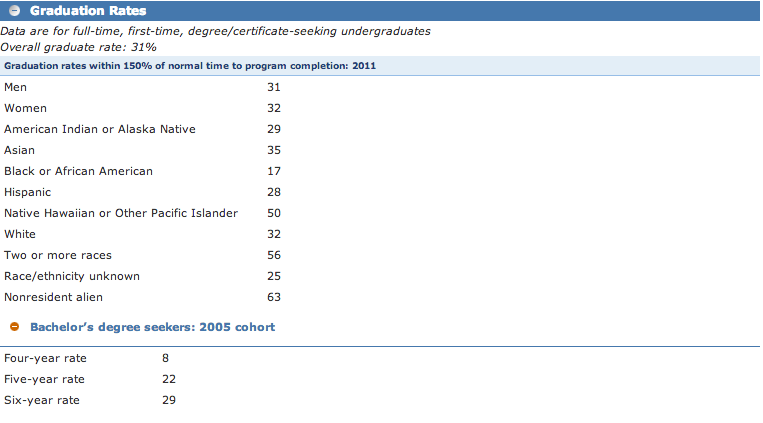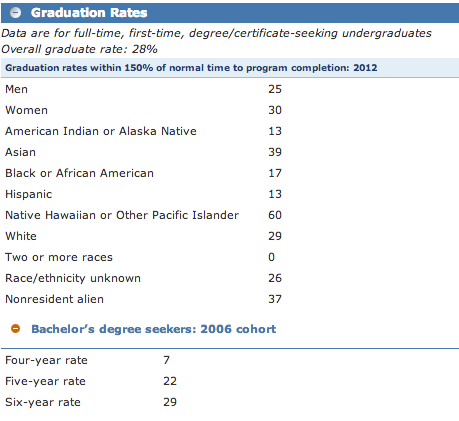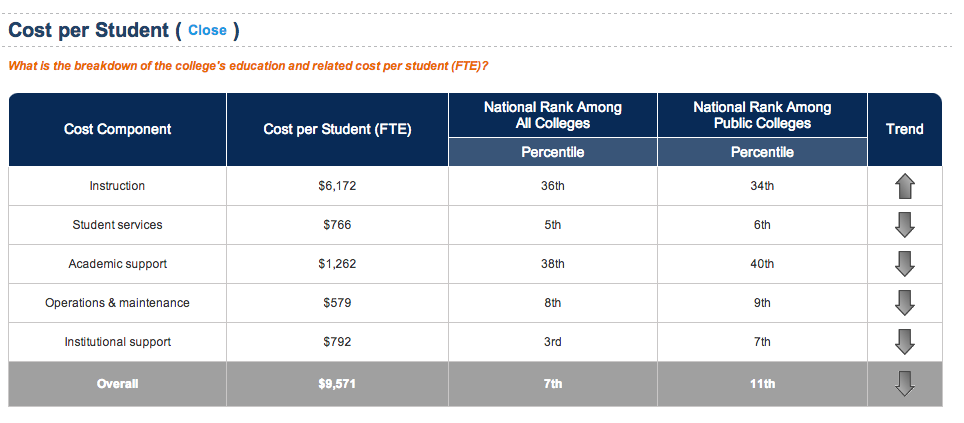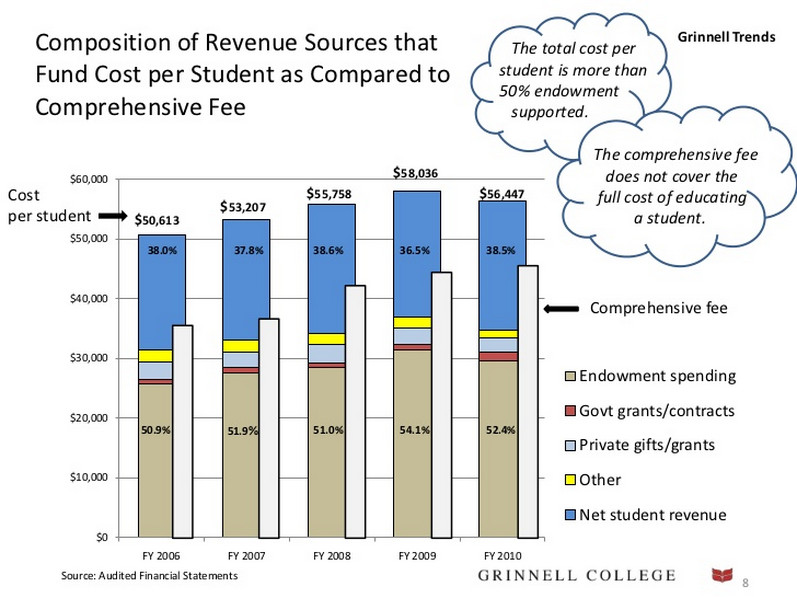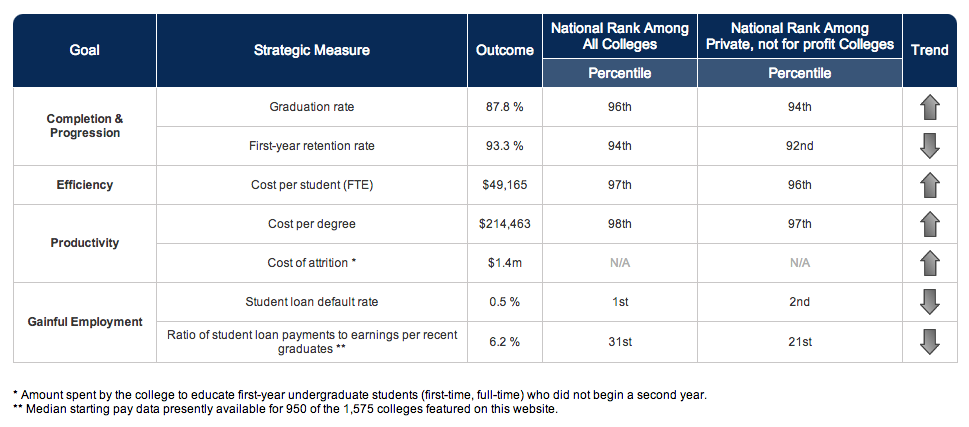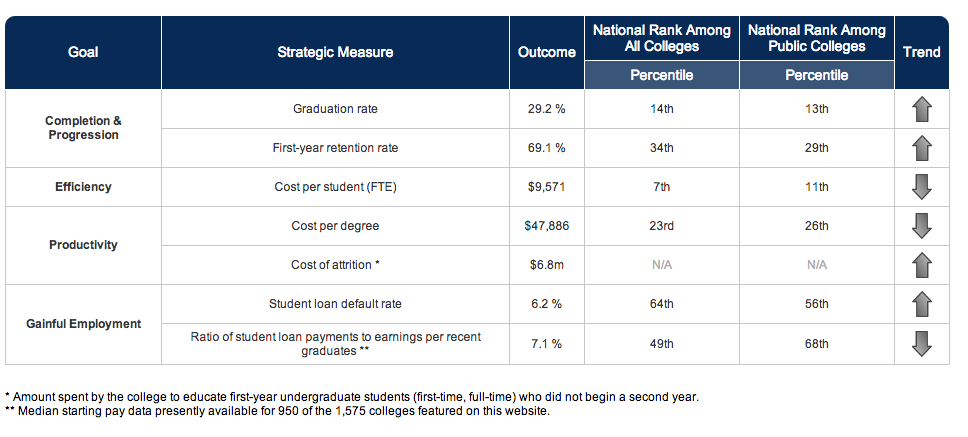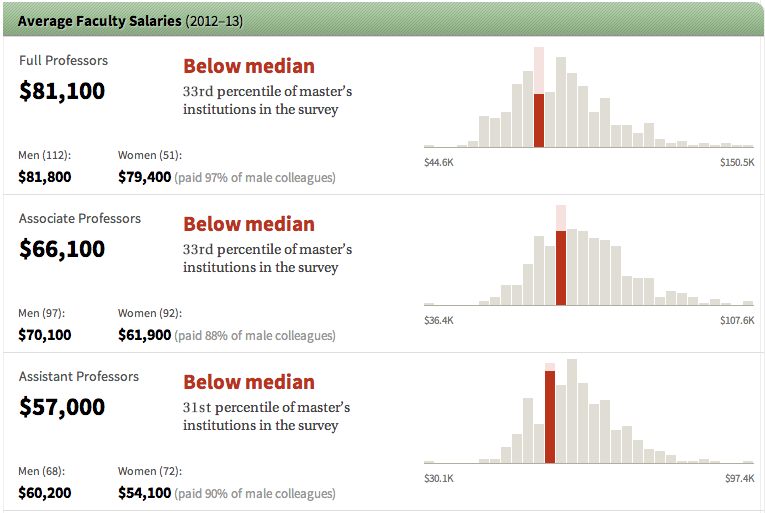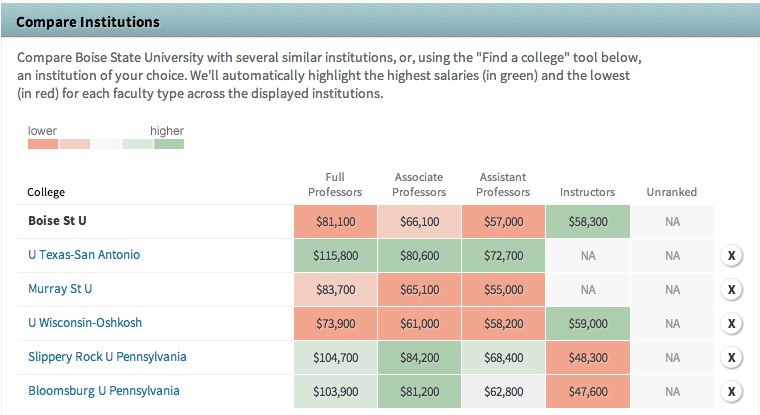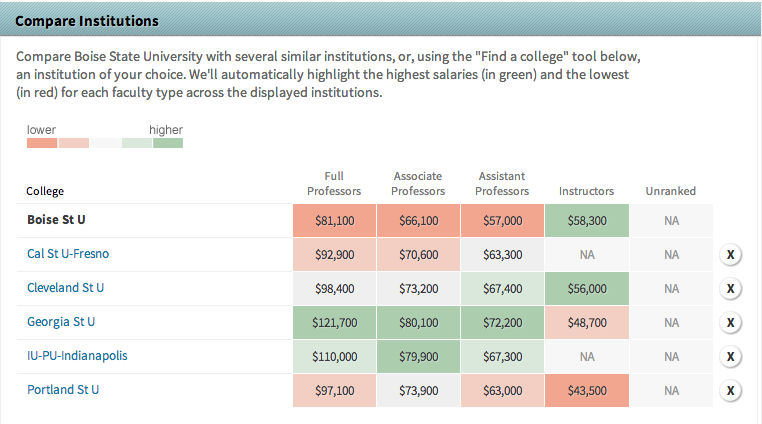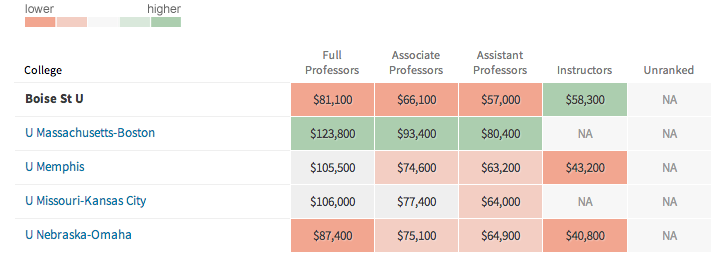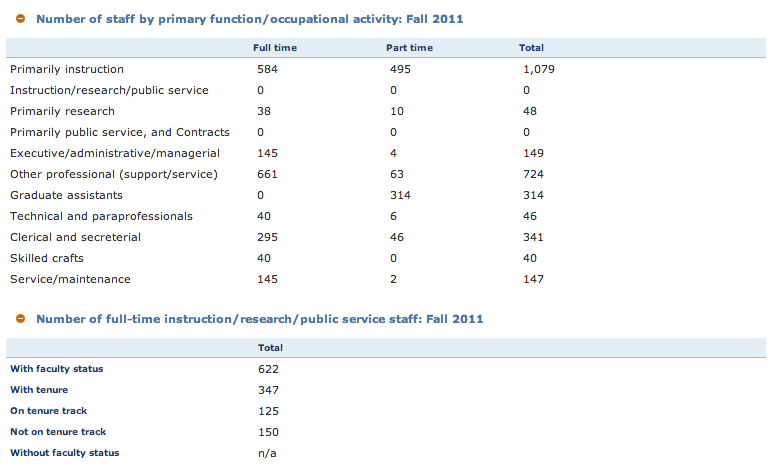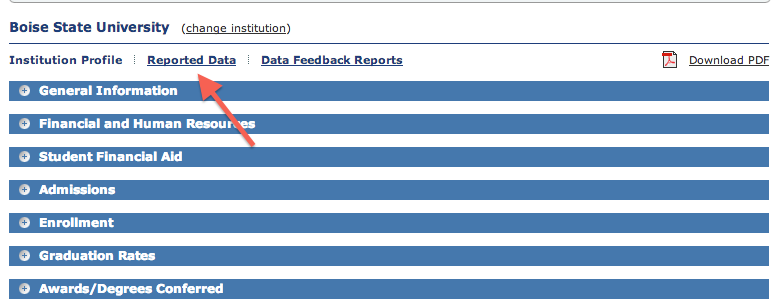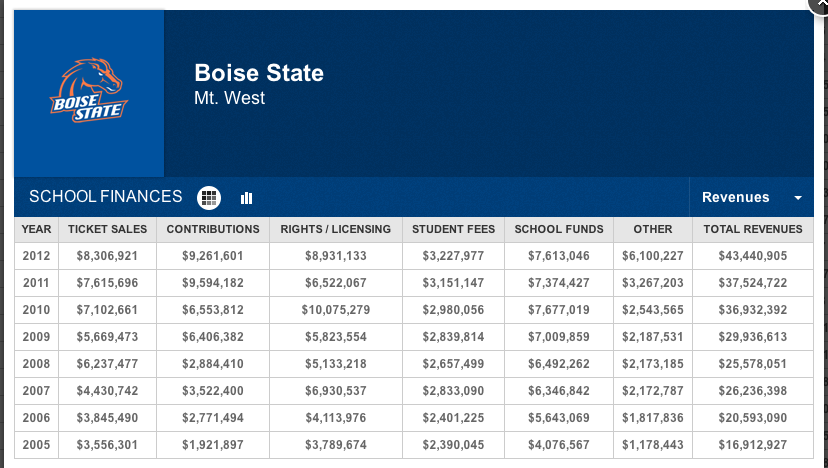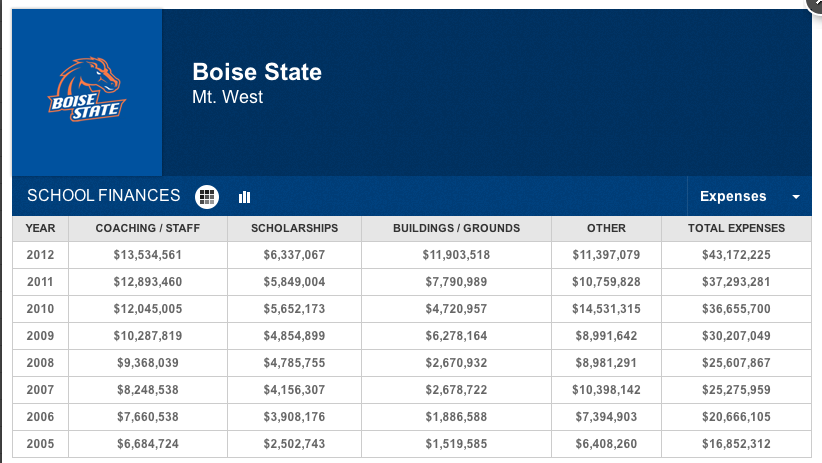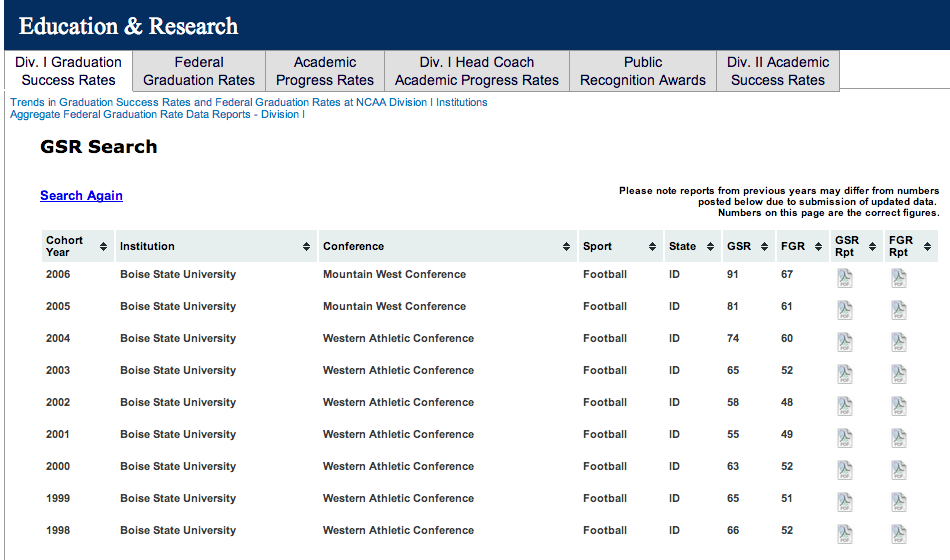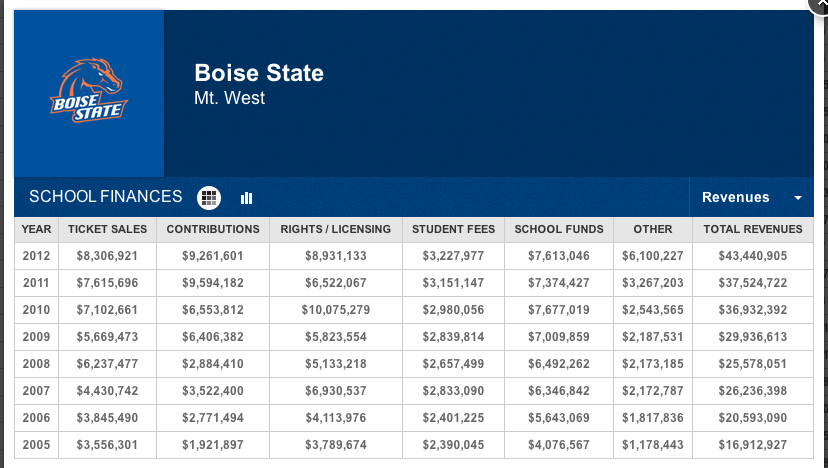On Wednesday morning, I’m interviewing for a director-level position that bridges academic technology, instructional design, and faculty development. As a result, I’ve been even more reflective than usual about the choices I’ve made regarding teaching and technology.
I.
This semester, in addition to continuing to build or maintain a slate of existing projects, I’ve tackled two additional experiments. First, I’m part of a pilot cohort of faculty experimenting with building e-books for our courses; as I build an interactive book using iBooks Author for my graduate public history course, I’m drawing on Creative Commons-licensed and public domain material, as well as my own commentary. (More on that in another post.)
Second, I completely blew up my digital history course a few weeks into the semester. I began the course with a traditional syllabus packed with readings and marked by some practice, but on student request, I changed the course so that 85% of the work—and thus of students’ grades—is connected to a single large project. You can check out the new syllabus, but you’ll find most of the course now consists of in-class work days for the 11 undergraduate and 5 graduate students in the course.
In the summer, a resident of Boise’s Central Rim neighborhood approached me about helping her and her neighbors better understand the history of their irrigation system, the Lindsey Lateral. The neighbors believed some residents hadn’t been getting all the water to which they are entitled, while other yards in the neighborhood were completely waterlogged and some basements flooded. The neighbors wanted an historian to trace the history of their water rights so they could make a case for various agencies or individuals to fund repairs to the ditches and canals that run through and under the subdivisions that constitute the Central Rim.
I admitted I’m no legal expert and instead offered to use the neighborhood as a subject in my Digital History course.
That course introduces students to the digital humanities and asks them to consider the various issues and potential opportunities at the intersection of digital technologies and our understanding of the past. In a previous iteration of the course, I had students interview digital humanists, explore exactly how far they could get with their research if they used only digital primary sources, build augmented reality tours, and write grants.
This semester, students have elected to focus almost entirely on the Central Rim Neighborhood project. That meant exchanging a lot of great course content and additional topics for hands-on skill-building, but I’m fine with that. Now students are working in teams to interview neighbors (with some of these captured on video as mini oral histories), document the history of irrigation, trace the development of the neighborhood from the first irrigated orchards to suburban subdivisions, and explore the evolution of the neighborhood into a particularly close-knit community where neighbors not only know each others’ names, but also know a lot about one another.
I’ve largely left the design and development of the website up to the students, providing them with suggestions and advice when they ask for it and inviting guest speakers to help them understand both the neighborhood and project management. I’m uncertain what form the project website will take on December 15 when we unveil it to the neighbors, but I know it will include roughly three roughly 1,500-word essays on irrigation and what it has allowed to flourish, the neighborhood’s suburban development and architecture, and the Central Rim’s sense of community. There likely will be several interview videos edited down from an hour to ten minutes or so. I hope there will be maps, historical images collected from neighbors, “then and now” photos and maps that can be revealed and compared with sliders, and more.
While building this website, students are, depending on which teams they choose to join or assist, learning
-
how to find primary-source documents in municipal, county, state, university, and public library archives, as well as how to access information in digital databases;
-
how to navigate the U.S.’s complex system of copyright and permissions for images and documents;
-
how to craft good interview questions and keep interviewees focused;
-
all kinds of video production skills;
-
web design and development;
-
how to read and interpret a variety of maps;
-
some basic GIS skills;
-
photography;
-
project management;
-
collaboration across media;
-
how to interpret local history for a public audience;
-
how to read historic photographs;
-
how to make sense of secondary sources that frequently disagree with one another;
-
how to design an efficient and effective editorial workflow;
-
how to identify, research the potential of, and employ or implement various multimedia platforms, software, plugins, etc.;
-
and more.
Meanwhile, I’m continuing to implement the skills I myself have learned since first standing in front of a college classroom in 1999. I feel all my pedagogical work—in literature, composition, American studies, museum studies, education, and finally history classrooms, and through my professional work as academic technology and faculty development staff—has led me to this pedagogical moment when I turn over the class to my students, when I become the ultimate guide on the side—not the instructor who directs activities minute-to-minute during the hour and fifteen minutes of class, but the consultant to whom students often turn (though increasingly less frequently as the project develops) when they want advice.
The course complements and builds on the research and writing skills students learn in their lower-division history courses. Through teaching courses at all levels, I have developed a very clear sense of what students can and will do, as well as learned how to write an assignment that allows for students to successfully meet a challenge. Because I can design assignments that match—and increase—students’ motivation and ability to learn, I can trust my students in fairly radical ways.
It’s completely liberating. I set course-level learning objectives and ensure the assignment allows for students to achieve them. Students keep me informed of their progress by reporting on their work to date, but also through the questions they ask. Students get a learning experience—I’m loath to call it “authentic,” as I know there are countless forms of authentic learning, and I don’t want to claim this experience as more so than others—that stretches both their knowledge of the past and their skill sets (“competencies,” if we’re going to use trendy terminology), and I have far fewer individual student assignments to grade—though I do give students feedback whenever they request it.
II.
In addition to reflecting on my own teaching, I’ve been reading up on instructional design, as I realized that while I develop learning experiences all the time, I likely did not know the terminology of the field.
What I discovered was a bit astonishing.
Freely available and easily found resources online—the kind of resources I’m guessing most entry-level instructional designers access to learn the discipline—are often horrifying. There’s far too much information online about how to turn a PowerPoint into “computer-based training” or “web-based training,” or how to create “instructor-led training.” Terminology is revealing, and talking about learning as “training,” or about a learning experience as “computer-based,” “web-based,” or “instructor-led” completely erases the student-centered nature of the best learning experiences. Much of the “training” instructional designers receive apparently centers on delivering content or creating “performance-based training” in which students learn, for example, how to complete small tasks such as entering metadata into a database or creating an invoice.
I gleaned a lot about what employers—primarily corporate employers—might expect from instructional designers by looking at this list of interview questions, which is excerpted or adapted in multiple places and held up as a good, representative list. Many of the questions can be answered with a quick Google search; far fewer get at an instructional designer’s philosophy, engagement with “subject-matter experts,” or reflective practice.
And yet in working with some talented instructional designers here at Boise State, it’s clear instructional designers, at least in an academic setting, do so much more. When they are given the time and space to undertake research on what’s going on in the field, allocated funds to attend conferences and workshops for professional development and cross-pollination, and encouraged to have genuine conversations with faculty about teaching and learning, instructional designers can help faculty advance student learning in really interesting ways.
In recent years, I’ve identified three species of instructional designers in higher education. The first of these emerges from, or adheres to, a corporate ethos: content should be delivered efficiently and cost-effectively, and learning must be measurable. You might have encountered this species of instructional designer in your campus’s extension or dedicated online learning office. Their job is to help faculty move face-to-face courses online in such a way that a course might be taught using the exact same materials, activities, and tests for several semesters (because it’s expensive to redesign activities) and by any number of relatively interchangeable instructors. In this species’s ethos, learning experiences should be standardized and replicable. Changing a syllabus, activities, assignments, and assessments mid-semester, as I have done with my Digital History course, is nigh impossible and certainly frowned upon. (I know because I asked one of these instructional designers about this very contingency.)
The second species of instructional designer is more likely to be affiliated with a university’s “Center for Excellence in Teaching,” a language lab, or similar department where good pedagogy, rather than efficiency and low cost, is (in theory or practice) the primary concern. They read academic journals and higher ed publications. These instructional designers run programs in which small cohorts of faculty pilot emerging technologies in the classroom—mobile learning or ebooks, for example. While the first species of designers works on an assembly line, building widgets and assembling them into courses, this second species observes how faculty think, synthesizes these observations with deep knowledge of how students learn, and makes recommendations about how the entire higher ed factory might retool to increase student learning, graduation rates, and employability.
The third species of instructional designer—though individuals of this species might not even identify themselves as such (they may, for example, be programmers, faculty, or “technologists”)—questions the factory as a model for learning, throws spanners in the works, and argues that a public playground, with its sandbox and free-form play structures, is a better environment for learning and collaboration. These designers coax faculty into this space, wait for their eyes to adjust to all the sunlight, and encourage them to get their hands dirty in the sandbox or rebuilding the jungle gyms. From these people emerge such well-regarded initiatives as A Domain of One’s Own, Reclaim Hosting, Connected Courses, and the cMOOC.
The first species of instructional designer is likely to turn faculty away from teaching with technology, or at the very least leave a bad taste in the instructor’s mouth because this kind of work decreases faculty autonomy and flexibility and promotes a corporate ethos in higher education.
The second species may get faculty interested in one or two technologies, but the technology an instructor pilots may either quickly fade from the instructor’s courses (e.g., mobile learning) or become the instructor’s one go-to use of technology (e.g., clickers). These faculty may still see technology as a way of delivering content and checking for student comprehension, rather than as a transformative teaching tool.
The third species doesn’t necessarily make it easy for faculty to adopt new technologies, but these designers appeal to professors’ natural curiosity, desire for intellectual challenge, and propensity for problem-solving. These designers introduce faculty to an entirely new way of seeing technology as a teaching and learning tool.
I admire, and I’m most comfortable working with, the second and third species. I enjoy interacting with both of them tremendously.
III.
But the third species? They’re my people.
They’re student-centered, faculty-understanding, institution-transforming. Administrators often see them, at least at first, as guerrillas or unnecessarily radical. But as their successes pile up, and as people from other colleges and universities take notice of their work, a grudging admiration builds, as does trust.
That’s not an easy chasm to cross, however—it takes a patient and perceptive administrator to see someone whose work looks potentially institution-undermining as someone who deeply loves seeing students succeed and who puts their needs first, often in unconventional ways. Instead of asking students to use the enterprise LMS and e-portfolio, the third species gives them free hosting and a makerspace. At first it’s not clear the students can—or even will try to—build anything with server space, a 3D printer, a Raspberry Pi, or access to the full Adobe Creative Suite.
But then suddenly your campus becomes an internet of things, a playground hacked by students to meet their own needs and those of their peers. Your students’ amazing work, instead of being a series of documents and images awkwardly stuffed into the class-by-class structure of that expensive e-portfolio system, shines on an amazing, responsive multimedia site they built themselves. Even if they don’t program themselves, your faculty learn to speak the language of the web developers they hire with small grants or borrow from an academic technology department.
The transformation is there, waiting to happen, if we hire the right instructional designers and give them free rein.
And, of course, if we hire leaders who will both help them and get out of their way.
